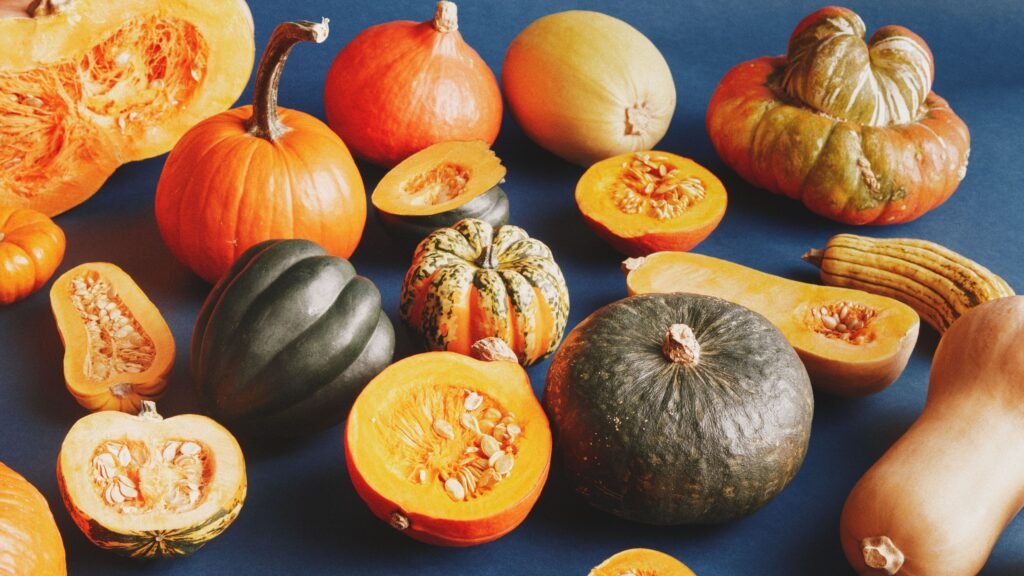Pumpkins may steal the show at Halloween, but many other types of squash can add a splash of color to your cold-weather meals. Sweeter and firmer than zucchini and other summer squash, autumn and winter varieties work well in various dishes from soups and stews to salads, casseroles, and desserts (think: maple butternut cake).
Though the varieties below are often grouped into a category of “winter squash,” the name is somewhat misleading. Harvested in the fall, these hardy fruits (yes, they are technically fruits) store well through the cold winter months. Acorn squash and butternut squash are usually the most available at local supermarkets, but newer varieties like honeynut are appearing in many shops, and delicata has become much easier to find in recent years. Look for less common varieties such as buttercup, red kuri, and the eye-catching turban squash at your local farmers market.
How to pick a good squash
Choose squash that are firm, free of blemishes and soft spots, and have an intact stem. Don’t be intimidated by a squash’s weight and tough exterior; they should feel heavy for their size. When working with a larger one, start by making a shallow cut to create a flat surface so that it’s stable on your cutting board. And be sure to scoop out the seeds, which can be roasted for a snack.
Do you have to peel squash?
Not all squash varieties need their skin removed. Delicata and honeynut, for example, have thin skins that add pleasant texture when roasted, while others are technically edible but are better peeled. If you’re short on time, choose popular varieties like butternut, which are often sold peeled, pre-cut, and ready to cook.
How to store squash
Uncut squash can last for several weeks to months in a cool, dry place. However, the storage time varies depending on the variety, so it’s best to use them within a few weeks. If you notice soft spots developing, use the squash immediately and cut away any blemishes.


